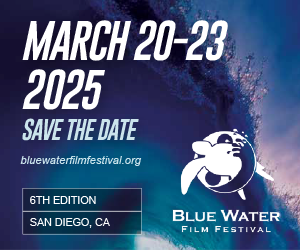 Lee Lanier, the author of the more general Maya Professional Tips and Techniques (also reviewed this month), has focused his knowledge into the realm of digital lighting in Maya, which is a topic in need of a full book. Keep in mind that a lot of these techniques can migrate to other 3D programs with a little innovation and smarts. So, even though you may be working in something else, I would still recommend investigating Lanier’s book, simply because most of these techniques are universal.
Lee Lanier, the author of the more general Maya Professional Tips and Techniques (also reviewed this month), has focused his knowledge into the realm of digital lighting in Maya, which is a topic in need of a full book. Keep in mind that a lot of these techniques can migrate to other 3D programs with a little innovation and smarts. So, even though you may be working in something else, I would still recommend investigating Lanier’s book, simply because most of these techniques are universal.
I’m more biased toward these kinds of books than more general ones because lighting and rendering is usually my business specialty. So, I have a greater insight and a larger investment into this stage of the pipeline. I feel that Lanier has a lot to offer in this book. Like his Tips and Techniques book, I was happy to find that he has stuck with his way of focusing on ‘why’ a technique is used along with the method of using it. This makes a lot of things clear even really simple ideas’such as when to use particular lights or shadows. I’ve seen plenty of artists just throw in lights everywhere without much forethought on why they are putting them there. I think this might help with this problem’that’s if lighters would be open to learning new things.
The largest section of the book focuses on the utilities available in the shader creation process. This is an amazing bit of info, as not many sources really focus on or explain the many different tools and how to use them. Shadertree development is an art unto itself, and without knowledge of the brushes and paints in your toolbox, you are resigned to painting by numbers, and not really tapping the full potential of the program or yourself as an artist.
Lanier also takes a full chapter in the oft-ignored technique of prepping for UV mapping and UV mapping itself. This is such an important part of the texturing and rendering pipeline, that it’s mindboggling that more people don’t focus on it. You may think ‘Well, this is about lighting,’ but really, lighting is completely dependent on the materials and surfaces, because after all, if you have lights and nothing to light, then what’s the point? And vice versa!
In addition, Mental Ray rendering techniques such final gather and global illumination are touched on, but Mental Ray requires a book unto itself. Nevertheless, Lanier gets you enough to get some good results out of it. Overall, a great addition to the Autodesk Maya library of training manuals in which I really haven’t seen anything sub-par.










